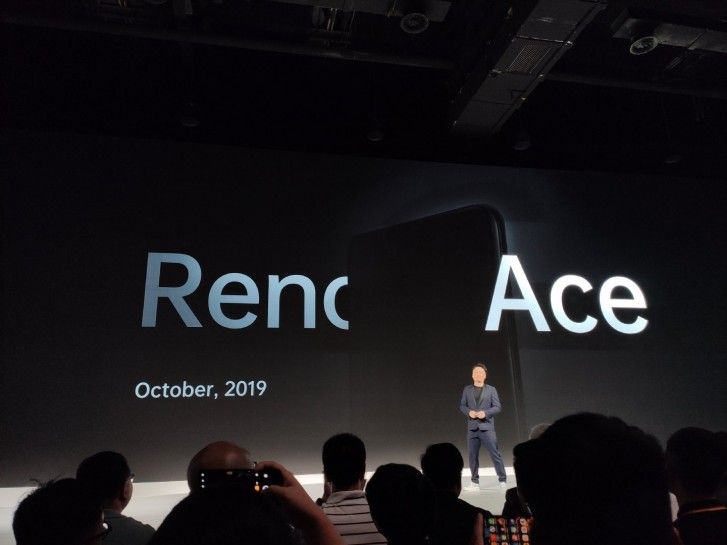Razer, the company best known for gaming hardware, announced the world's first smartphone with a 120Hz display back in 2017. The Razer Phone was followed by ASUS ROG Phone, which came with a 90Hz display. Despite their high-refresh-rate displays, both of these devices failed to entice consumers outside the category of gamers. OnePlus, on the other hand, benefitted from its popularity and made the display refresh rate terminology a household term with the launch of the OnePlus 7 Pro. The OnePlus 7 Pro's 90Hz may have received mixed reactions and opinions due to its limitations, but more brands are trying to jump the bandwagon with their upcoming devices. OPPO and its spin-off brand Realme recently announced their plans to bring their 90Hz display devices in the market as well.
Last week, OnePlus' CEO Pete Lau told CNET that their upcoming smartphone will come with a 90Hz display but will be cheaper than the OnePlus 7 Pro. This pricing science indicates this smartphone might be the successor to the OnePlus 7, presumably called OnePlus 7T. Responding to this, Wang Wei Derek, the product director at Realme said that they are also working on a smartphone with a 90Hz.
Derek did not reveal any details about this upcoming smartphone which will feature a 90Hz display. There are speculations that the smartphone could be the Pro variant of Realme's 64MP quad-camera smartphone – the Realme XT, but we have no evidence to back it. They, however, confirmed that this smartphone will be much cheaper compared to the OnePlus 7T (or whatever the phone is called).
In the meantime, parent company OPPO has also announced its plans to launch a device with a 90Hz display. While launching the OPPO Reno2 series in China earlier today, OPPO VP Brian Shen confirmed that their upcoming flagship smartphone, the OPPO Reno Ace, will feature a 90Hz display. Without revealing any other detail about the Reno Ace, Shen said that the smartphone will launch in October and this is likely to be the schedule for China. We hope to gather more information about these devices in the future.
Does 90Hz really make a difference?
If any app uses SurfaceView, TextureView, or NativeActivity API, then the display refresh rate on the OnePlus 7 Pro is lowered down to 60Hz. This is believed to conserve battery but Dylan in his display review of the OnePlus 7 Pro pointed out that this, in fact, may be a misconception. However, besides smoother scrolling and animation, we're not likely to see much of any apparent impact due to the higher refresh rate in majority of the apps as of now. With that said, many developers including Tencent are working on adding 90fps and 120fps frame rate options in games such as PUBG Mobile and this is what could make the display game-changing.
Source 1: Weibo via: GSMArena; Source 2: Weibo via: GSMArena


